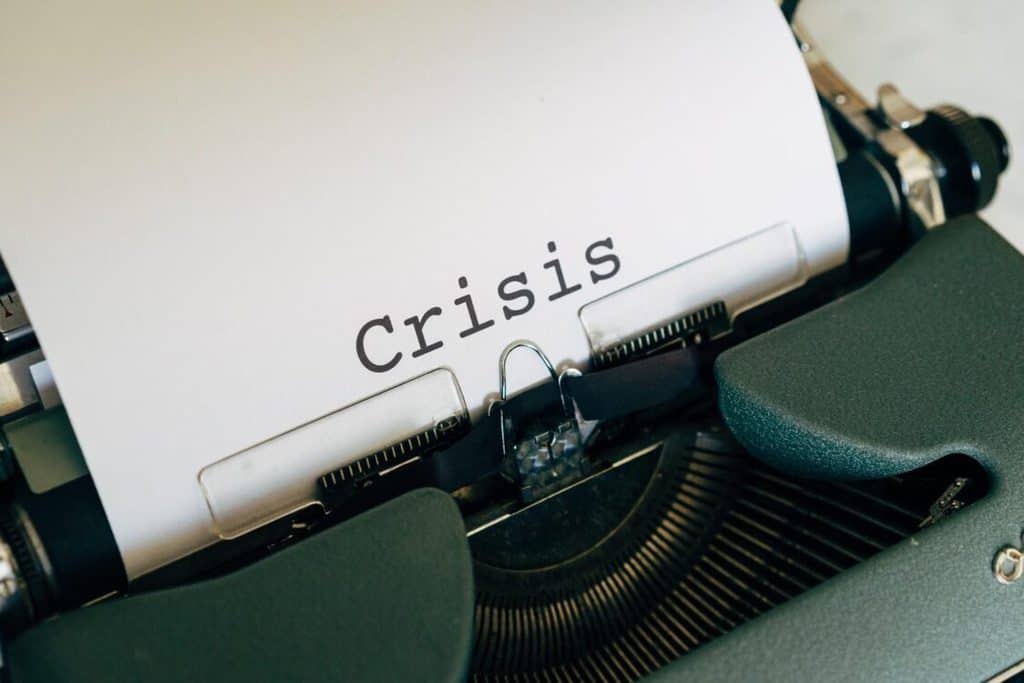Crisis management and communication used to affect only certain industries such as petrochemicals and pharmaceuticals. But increasingly, with cybersecurity breaches and disease outbreaks, every organization needs to understand, communicate and manage crises well, just as pilots use CRM (crew resource management) to prevent and mitigate crises.
Be prepared
A crisis is only a crisis if one is ill-prepared, but only an obstacle if one is prepared.
Organizations can engage a good PR agency before disaster strikes, to avoid the “echo chamber” effect where internal employees may inadvertently hold inward-looking and limiting views. The PR agency becomes a “red team”.
After the crisis has been resolved, carry out a post-mortem to refine internal crisis and communication programs. If an organization lacks such a program, work on one soon, before a crisis strikes.
Training and drills
Prepare every employee for crises. Acquaint every one from the frontline to the CEO with consistent messaging, and the workflow of communication and resolution should a crisis strike. A comprehensive media training program would be a start. Regular and unscheduled drills should be implemented so that everyone can be prepared.
First things in a crisis
When a crisis is imminent, quickly bring together the action teams to talk through all the “what ifs”, whether it be the cybersecurity team, legal, safety, or management.
The crisis program would contain designated spokespersons, communication policies, contact workflow, communication preferences (whether issuing statements or a media event), collaterals such as statements, news releases, frequently asked questions (FAQs), etc.
Recommended workflow and command
The ultimate stakeholder, such as the CEO, may be the designated spokesperson, assisted by functional leaders who have specific roles in crisis resolution.
For example, in a case of data leaks or cybersecurity incident, the CISO (chief information security officer) may be present. And if some employees succumbed to COVID-19, the chief human resource officer (CHRO) may be involved.
Courage in truth
A leader needs to tell the whole truth, nothing but the truth, and tell it quickly without delay. In difficult times, a leader needs to converge the employees together to stand as one.
An organization that has made missteps, but make corrective measures, shows humility, can be forgiven and can bounce back.
However, if an organization makes missteps, fails to make reparations and corrective measures, shows a cold, aloof and arrogant attitude, the brand will diminish. This is especially true for troubled times such as a pandemic, where businesses and jobs are lost, and uncertainty and despair has hit many quarters.
The crux of a successful crisis management and communication program has to be one that is already in place, permeated throughout the entire organization, with truth, ethics and integrity at the center of the program. Such a program should converge the best industry practices of how mission-critical environments manage and thrive in any crisis. In all things, tell the truth, the whole truth, and expediently without fail.

